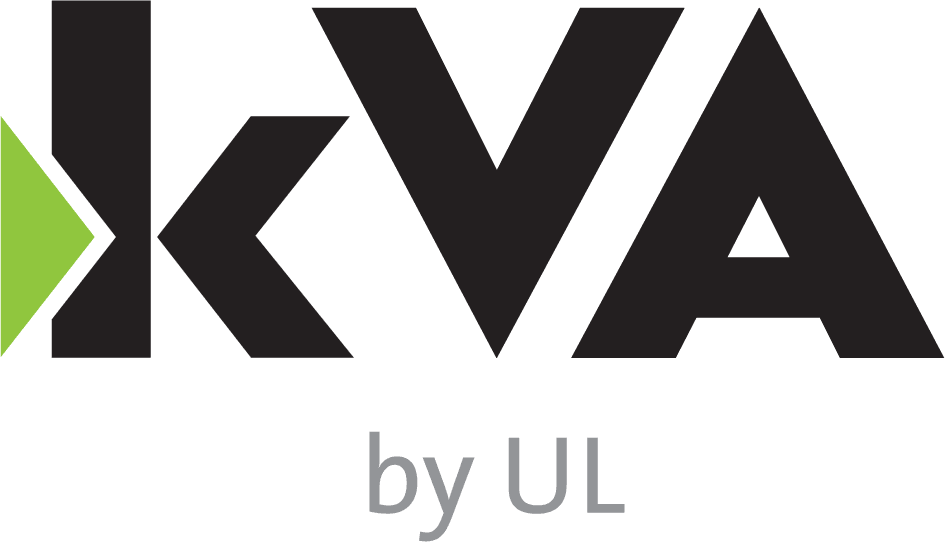As a recap, in my last couple of blogs, I took you through how Functional Safety is actually a subset of Product Safety. Then I took you through the first sections of Product Safety in IATF 16949:2016 to show you how a robust Functional Safety Process, if employed across your design, development and production processes for ALL safety requirements, will assist your organization in meeting those requirements. This blog is the conclusion, showing the last set of the Product Safety requirements.
I) Training identified by the organization or customer for personnel involved in product-safety related products and associated manufacturing processes;
ISO 26262:2011 states the following related to training:
- From Part 2: “The organization shall ensure that the persons involved in the execution of the safety lifecycle have a sufficient level of skills, competences and qualifications corresponding to their responsibilities.”
IATF 16949:2016 states:
- From 7.2.1: “The organization shall establish and maintain documented process(es) for identifying training needs including awareness (see Section 7.3.1) and achieving competence of all personnel performing activities affecting conformity to product and process requirements.” It goes on to say that “Personnel performing specific assigned tasks shall be qualified”. In Section 7.3.1, it goes on to say that the organization shall demonstrate that employees are aware of their impact on product quality.
If Product Safety is included in the safety lifecycle, the required training to make employees aware of their impact on safety and the achievement of competency will be covered.
J) Changes of product or process shall be approved prior to implementation, including evaluation of potential effects on product safety from process and product changes
ISO 26262:2011 (in Part 8) addresses Change Management by requiring an impact analysis. It goes on to say that the results of this impact analysis shall be used to determine if the change is accepted or rejected and that this decision must be made by qualified persons (which typically include a safety manager).
If an impact analysis (identifying ALL safety related impacts) is properly performed and if a safety manager is required to approve all changes affecting safety related items, the requirement of IATF 16949:2016 is adhered to.
K) Transfer of requirements with regard to product safety throughout the supply chain, including customer-designated sources
Requirement traceability is addressed in ISO 26262:2011 Part 8, stating that each requirement must be traced from source to the lower hierarchical level. If ALL safety requirements are managed in the same way, this requirement in IATF 16949 is easily adhered to.
L) Product traceability by manufactured lot (at minimum) throughout the supply chain
ISO 26262:2011 (in Part 7) addresses product traceability in the Production Planning section. It states that the production plan shall include “the implementation of the traceability measures”. Since ISO 26262:2011 doesn’t really expand this, for Functional Safety requirements we would need to reference the requirements of IATF 16949:2016 in order to meet ISO 26262.
In IATF 16949:2016 8.5.2.1, it is required that safety related items be addressed with appropriate measures based on analysis of requirements (internal, customer, regulatory, etc.) and risk or failure severity. If we read the wording of the requirement L) above, we would identify that for safety items, this requires lot traceability as a minimum.
M) Lessons learned for new product introduction.
ISO 26262:2011 states the following related to Lessons Learned:
- From Part 2: “The organization shall institute, execute and maintain a continuous improvement process, based on: learning from the experiences gained during the execution of the safety lifecycle of other items”.
- From Part 7: “The production process shall be planned considering “the lessons learned on the capability from previously released production plans”.
As is the common theme, as long as ALL safety related lessons learned are included, the requirement in IATF 16949 is easily adhered to.
In conclusion, if ALL safety requirements are included in the above process, the requirements of IATF 16949:2016 are easily adhered to.
I have mentioned previously that this may require a change of thinking within your organization, as there is sometimes a disconnect in the engineering resources, skill sets, responsibilities and even departments that are responsible for Product and Functional Safety. However, if you consider that any safety requirement must be met, regardless of whether it falls into the stricter confines of Functional Safety, the same due diligence should be followed for both Product and Functional Safety requirements. While we haven’t been given recommended or highly recommended methods and practices for handling the aspects of safety that fall outside what is included in ISO 26262, as engineers, we should understand that the principles that govern these recommendations do carryover into all safety aspects, and these aspects should be designed and developed with the same level of diligence.
**Note, this blog is written based on ISO 26262:2011. Updates, if necessary, based on ISO 26262:2018 will be included in additional information this year.**


Lloyd Eblen
Simply wanna state that this is very helpful, Thanks for taking your time to write this.